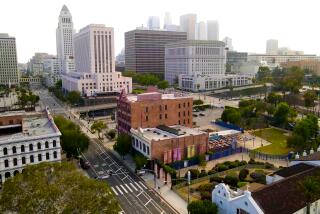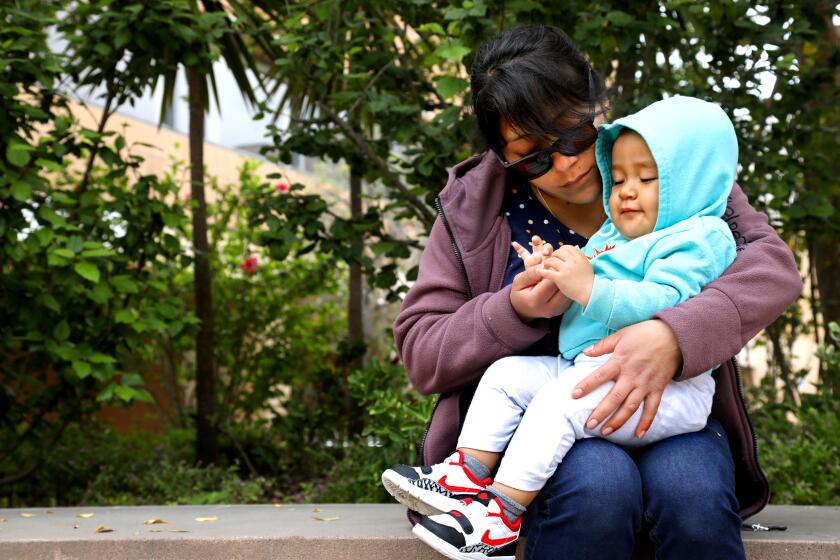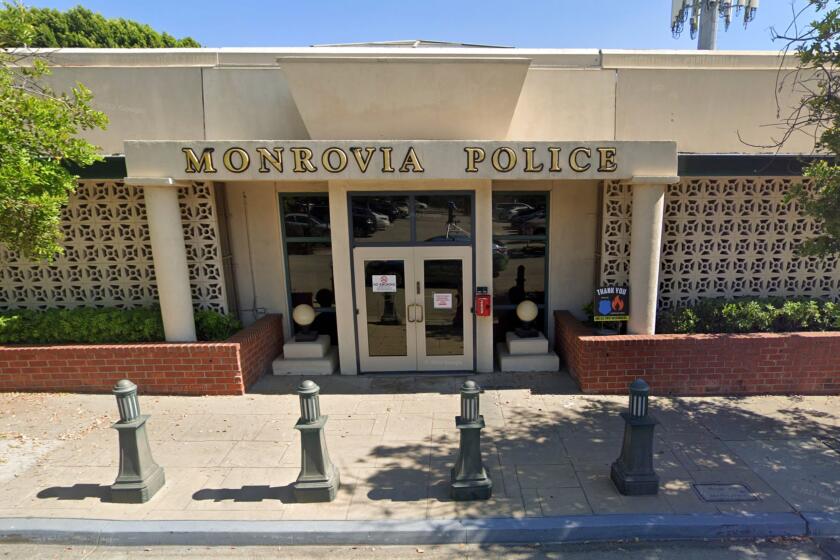Offer Withdrawn; Historic Chinese Church Still for Sale
The Korean congregation that offered $1.1 million to buy a historic Chinese church in Lincoln Heights has withdrawn its offer after opposition to the sale became public.
“We don’t want to be in the position of forcing out the congregation that is worshiping there,” said the Rev. Woo-Jung Kim, pastor of Dong Kwang Presbyterian Church in South Los Angeles, referring to the Cantonese-speaking group that currently uses the church. “It doesn’t seem like the right to thing to do among Christians.”
Kim said he and his congregation had been unaware of the controversy surrounding the sale of the old True Light Chinese Presbyterian Church building by the Presbytery of San Gabriel until a Times story earlier this month.
The Rev. Thomas G. Rennard, top regional administrator for the San Gabriel presbytery, confirmed that the sale had fallen through and that the property on Griffin Avenue is back on the market. The presbytery governs 45 congregations of the Presbyterian Church USA in northeastern Los Angeles, the San Gabriel Valley and surrounding areas.
Rennard said, however, that a new offer, which presbytery officials will review, came in Monday.
Before the presbytery agreed to sell the property to Dong Kwang, two other congregations had submitted bids: a Buddhist congregation in the neighborhood and Young Nak Presbyterian Church of Los Angeles, the largest Korean church in the United States, according to church officials.
Irvin Lai, a leader of the Lincoln Heights Neighborhood Ministry, which ministers to mostly poor Cantonese-speaking immigrants, opposes the sale of the church, whose roots go back 126 years in Los Angeles.
The Rev. Michael Mata, professor of urban ministry at the Claremont School of Theology, who is familiar with the controversy, suggested that the Cantonese community might be able to come up with the money to buy the building or to pay for existing programs there and expand them to reach out to Latino immigrants who now are the majority in the neighborhood.
More to Read
Start your day right
Sign up for Essential California for news, features and recommendations from the L.A. Times and beyond in your inbox six days a week.
You may occasionally receive promotional content from the Los Angeles Times.






